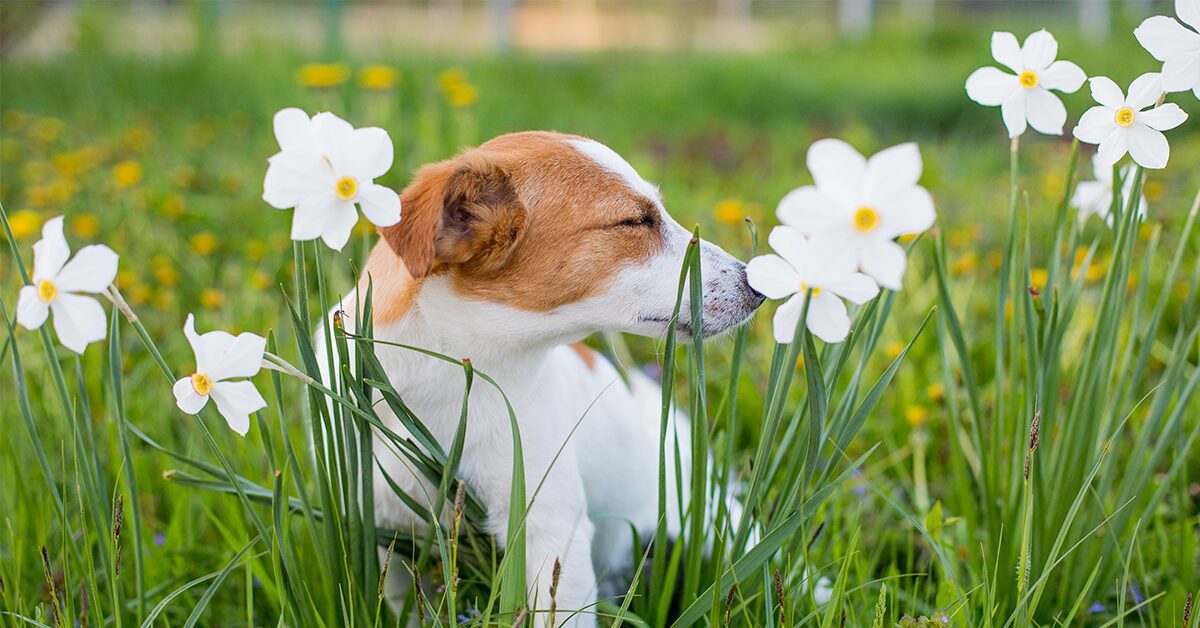Plants of all shapes and sizes offer their owners a variety of benefits, but it’s not always the case for our beloved pets. Believe it or not, there are a number of poisonous plants for dogs that can disrupt their health and even prove to be fatal. As pet parents, it’s important to know which plants to avoid, and what to do if your pet accidentally ingests a poisonous plant.
What to do when your dog ingests a poisonous plant
It can be frightening for pet parents when their dog exhibits symptoms of plant poisoning, but it’s important to act fast.
If you suspect that your beloved pooch has consumed any part of a dangerous plant, immediately contact the ASPCA Animal Poison Control Center (APCC) hotline at (888)-426-4435. Afterward, get in touch with your local or an emergency veterinarian in case you need to bring your dog in for further diagnosis and treatment.
Below is a list of the most common poisonous plants for dogs, symptoms to look out for, and tips to ensure that your best friend is safe.
11 common poisonous plants for dogs
Dogs are naturally curious animals, sniffing and poking their noses into anything that comes their way. Whether they’re on walks, in your backyard, or in the comfort of your home, it’s normal for them to want to explore their surroundings.
If you’re considering getting garden plants or decorating your living space with the occasional houseplant, it’s important to do your research beforehand and make sure that you don’t accidentally expose your dog to a toxic plant. Read ASPCA’s list here for a more extensive overview of both toxic and non-toxic plants for dogs.
The following are 11 common poisonous plants for dogs to watch out for:
1. Rhododendron (also known as Azaleas)

Azaleas are bright and colorful flowers that can liven up a space, but unfortunately, every part of the plant is considered poisonous to dogs, from the petals to even the seeds. It triggers hypersalivation, slow heart rate, muscle weakness, and cardiac failure.
2. Sago palm
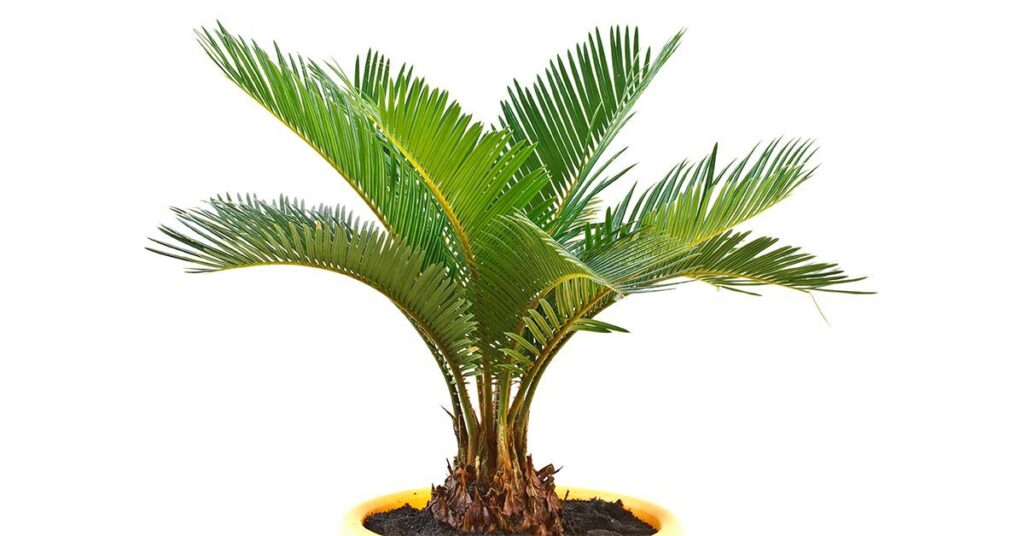
The sago palm is relatively easy to take care of and pleasing to look at, making it a popular plant. However, it houses cycasin, which can easily cause vomiting, diarrhea, liver failure, and death in dogs that ingest even a small amount. Make sure not to have these in or anywhere near your home.
3. Tulips

Despite being a common flower, tulip bulbs contain a high level of toxins that cause vomiting, depression, diarrhea, and hypersalivation in dogs. If you place these around your house, ensure that your dog will not be able to reach them.
Pet Pro Tip: Illnesses won’t wait to happen. You shouldn’t wait to enroll in pet insurance. From common parasite infections, to costly hereditary illnesses, pet insurance is worth it and can cover crucial eligible treatment your pet may need for their unexpected accidents and illnesses. Find out how pet insurance works, what pet insurance covers, and choose a plan today.
4. Daffodils
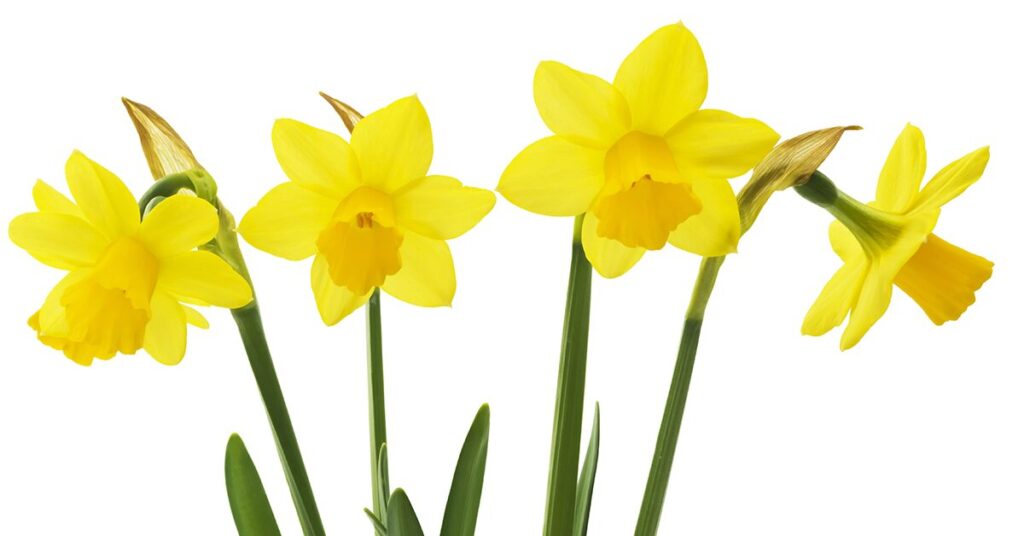
Daffodils have lycorine and other alkaloids that are considered harmful to dogs. Similar to tulips, they lead to vomiting, salivation, and diarrhea. If they’re ingested in large amounts, they can cause convulsions and low blood pressure.
5. Lily of the valley
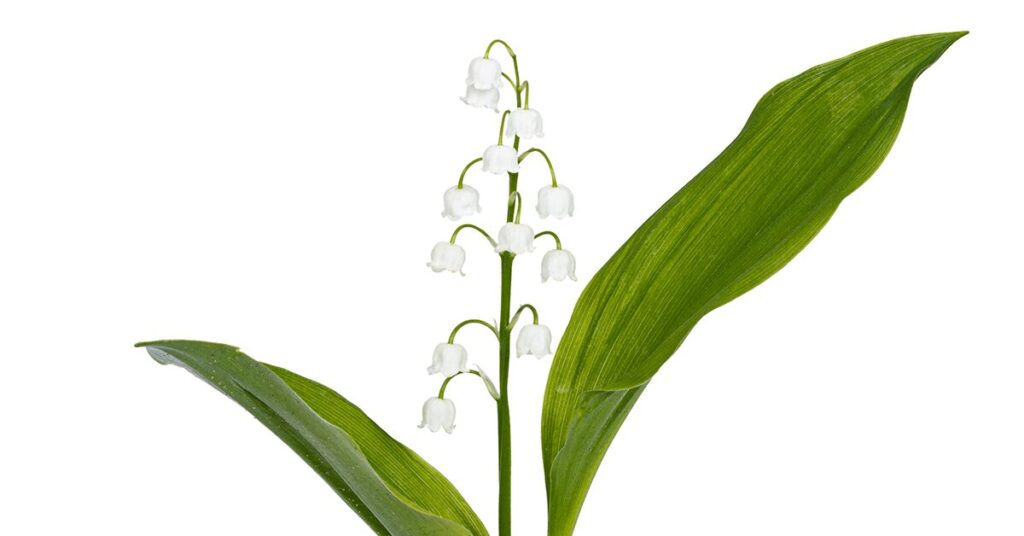
With dainty bulb-like petals and delicate stems, a lily of the valley is yet another popular flower that people like to keep in their homes and gardens. However, this plant contains cardenolides that trigger vomiting, irregular heartbeat, disorientation, and even a coma when ingested by a dog.
6. Oleander
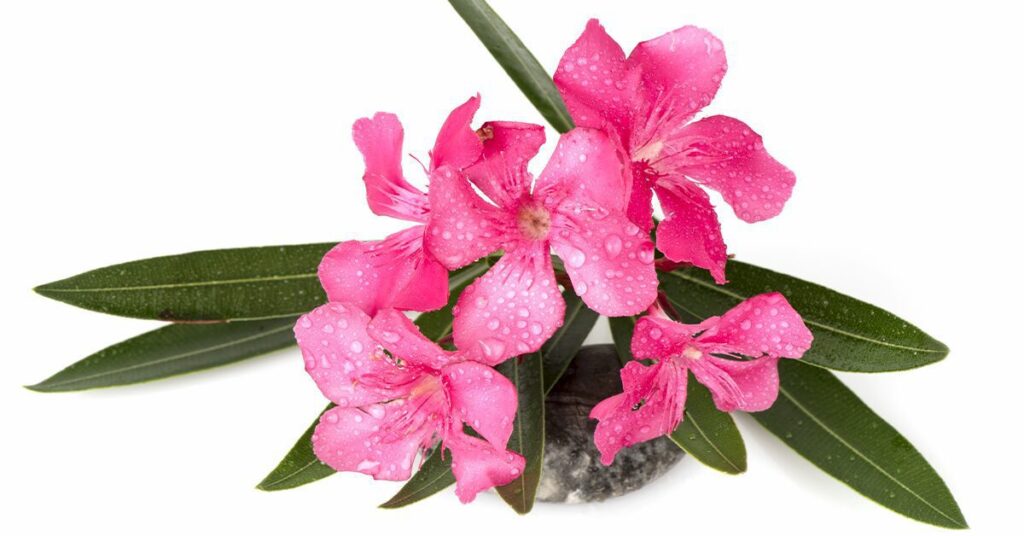
Oleanders grow to be over 6 feet tall and add character to gardens. They’re fairly resilient to all kinds of weather conditions, making them a popular choice for people who like to tend to outdoor plants. However, when dogs ingest oleander, they suffer from excessive salivation, abdominal pain, diarrhea, and lethargy. If owners suspect ingestion, it’s critical that they take their dogs to the vet immediately and receive proper gastrointestinal care.
7. Begonia

Begonias are extremely common, with over 1,000 species under its category. As a tropical plant, a begonia typically sports colorful flowers and leaves, and is often used to decorate the home or garden. Its most toxic part is under the soil, so if your dog has a tendency to dig outdoors, make sure to keep this plant far from their reach. Ingestion causes kidney failure and vomiting.
8. Milkweeds
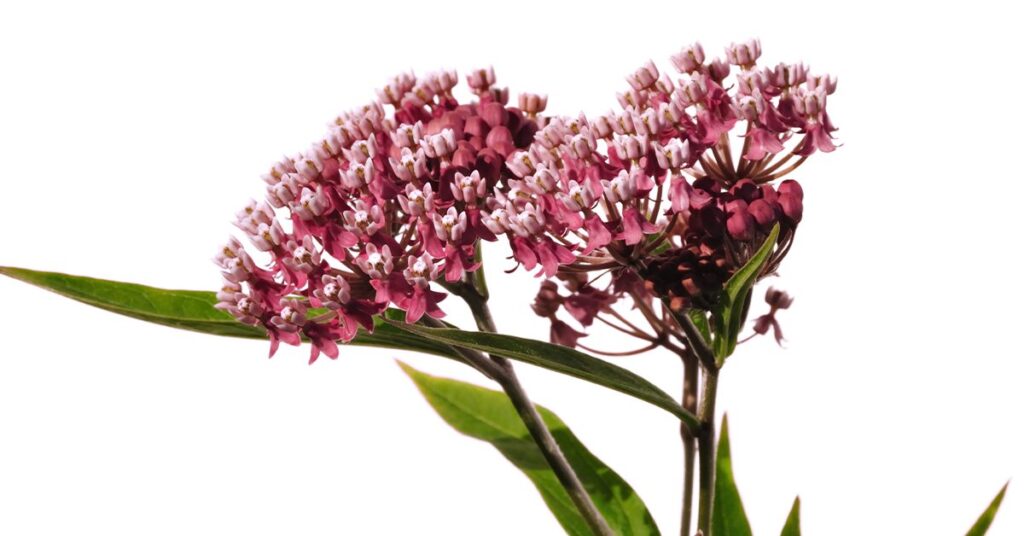
Despite being beautiful in appearance and a safe harbor for monarch butterflies, this plant contains cardiotoxins and neurotoxins that are poisonous to dogs. If ingested, they may demonstrate weakness, depression, vomiting, difficulty breathing, and in some severe cases, seizures, kidney or liver failure, and death. Reconsider having these in your backyard where your dog may have easy access to them.
9. Dumb cane
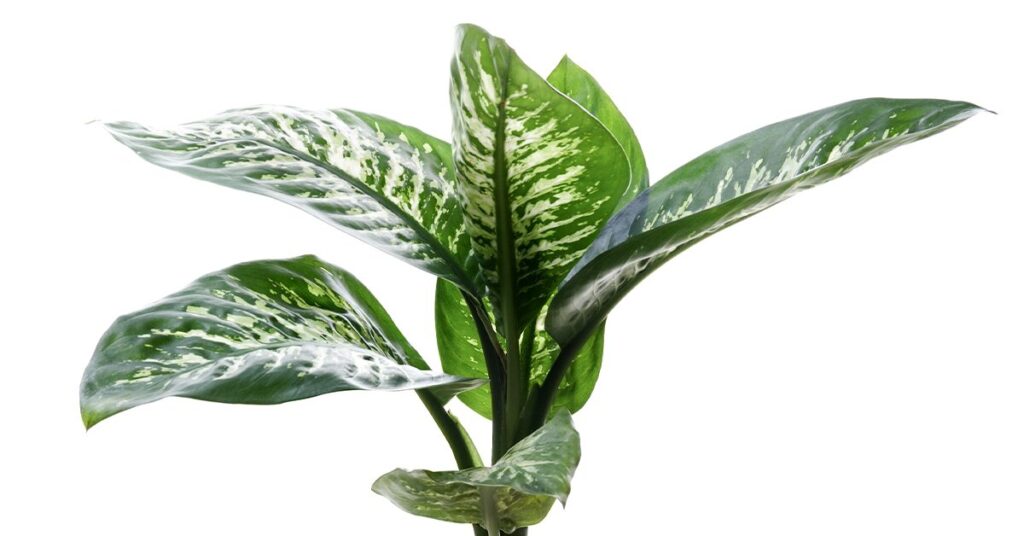
The dumb cane is another tropical houseplant that doesn’t require a lot of sunlight. However, it carries microscopic calcium oxalate crystals that lead to oral irritation, excessive drooling, and vomiting. If you suspect that your dog came in contact with this plant, immediately give them a bath to rinse out the crystals and contact your vet for further instructions.
10. Elephant ear
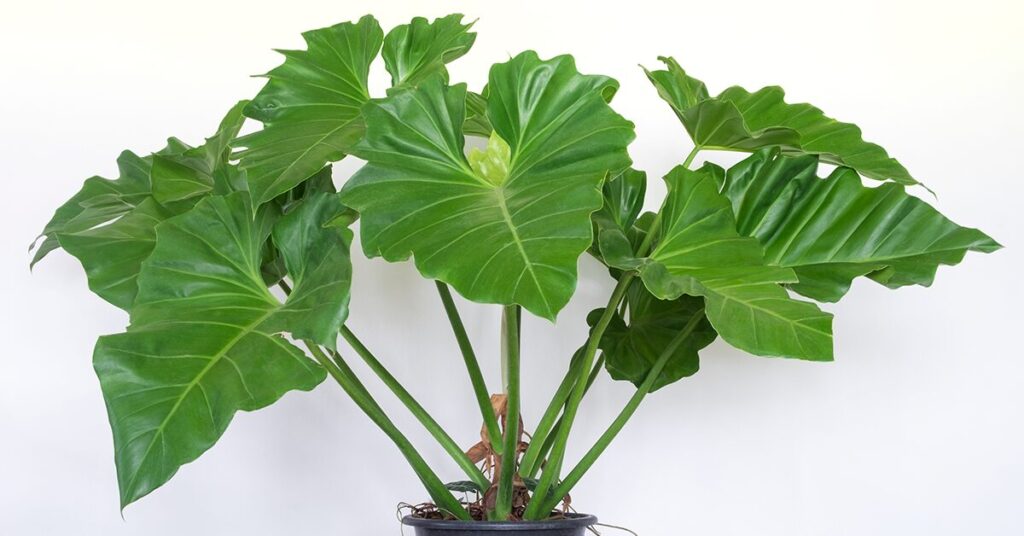
Like the dumb cane, elephant ear plants contain harmful crystals that cause drooling, oral irritation, difficulty swallowing, and vomiting in dogs if they ingest any part of their leaves. Because this plant is primarily kept outdoors, pet parents need to be wary of their landscaping and keep these plants a safe distance away from their dogs, or off their property entirely.
11. Aloe vera
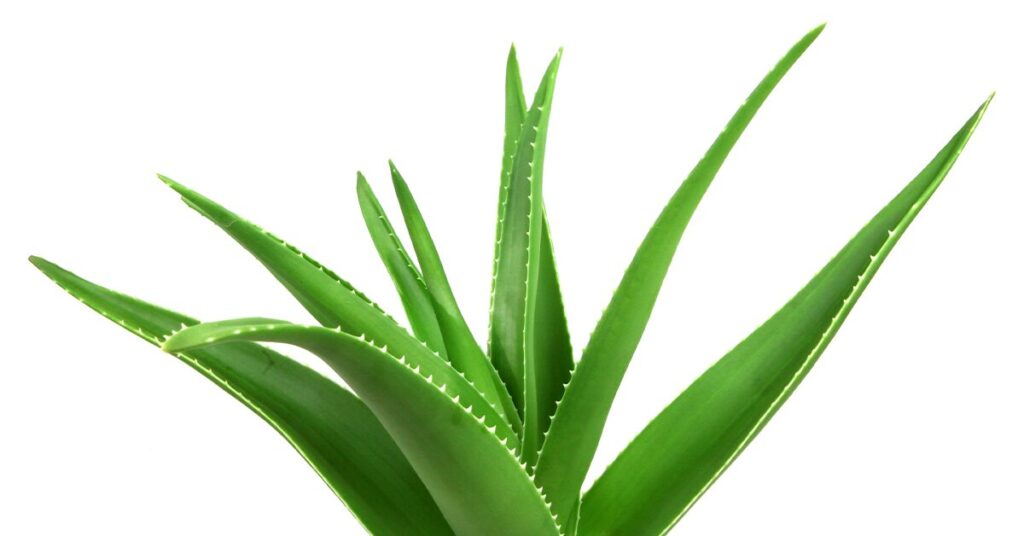
As a popular indoor and outdoor plant, aloe vera provides many health benefits to people. However, it contains chemicals like saponin that can cause an upset stomach, vomiting, and diarrhea in dogs. If this plant is in your house, consider putting it above ground or somewhere you know your dog won’t be able to reach it.
If you suspect your pup has ingested any of these plants, remember that time is of the essence. The quicker you act, the more likely you’ll be able to provide the care your dog needs and prevent a life or death situation.
Remember that unexpected accidents and illnesses still happen to the most cautious of pet parents. That’s why pet insurance is important – so you can have peace of mind, no matter where your adventures take you.
